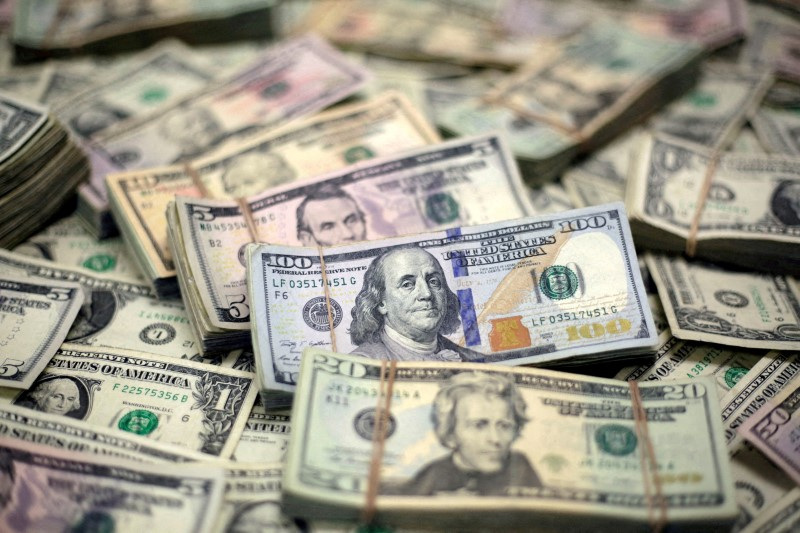On Thursday, the dollar was trading slightly below a four-month peak as market participants continued to analyze the implications of Donald Trump’s recent victory in the U.S. presidential election. Traders were particularly focused on upcoming central bank decisions, especially the anticipated Federal Reserve meeting where a 25 basis point interest rate cut was expected. The Fed’s announcement was eagerly awaited, with investors hoping for insights regarding the likelihood of a further rate cut in December. With last week’s labor report reflecting weaker job numbers than expected—likely influenced by recent hurricanes and labor strikes—concerns about the health of the labor market were front and center as the Fed prepared to make its monetary policy decision.
Trump’s return to the presidency has led to speculation on how his administration’s policies might influence the economy and, consequently, the Fed’s approach to interest rates. While markets initially responded positively following Trump’s election win, marked by new highs in U.S. equities and a weakening yen, there were mixed sentiments beneath the surface. Analysts noted that a stronger dollar and increasing Treasury yields suggested that investors were pricing in a more hawkish Fed going forward. The former president’s focus on restricting immigration, imposing tariffs, and deregulating the economy could stimulate growth and inflation, possibly forcing the Fed to adopt a more cautious approach to rate cuts.
The political landscape created by the Republican victory raises the possibility of significant legislative changes that could trigger considerable currency movements, although uncertainty remains around control of the House of Representatives. Following the election, the market implied a 70% chance that the Fed would also reduce rates in the upcoming month, a slight decrease from earlier predictions. This expectation has contributed to recent fluctuations in U.S. Treasury securities, with yields rising sharply amid a sell-off that has fueled speculation regarding the Fed’s interest rate policy.
As the Federal Reserve prepared to make its decision, the dollar index—a measure of the U.S. dollar’s value relative to six major currencies—fell slightly by 0.05% to 105.06. This followed a previous session’s peak of 105.44, the highest level since early July. Market analysts highlighted that if the Fed did not deliver a “dovish cut,” traders might reassess the chances of a rate cut in December, which could lead to further gains for the dollar and bonds. The Japanese yen showed some resilience, trading up to 154.30 per dollar after testing new lows against the greenback earlier in the week, while the euro stabilized after dipping to levels not seen since July.
In addition to the Fed, other central banks were also asserting their monetary policy stances, with the Bank of England poised to announce a second interest rate cut since 2020. The focus remained on whether any guidance on future rate moves would be provided following the government’s budget proposal that could increase inflation. In Sweden, the Riksbank was expected to ease its policy by 50 basis points, while the Norges Bank was likely to maintain its current stance. Meanwhile, Australia’s dollar has shown little movement after hitting three-month lows, along with a slight rise in the New Zealand dollar.
Finally, in the cryptocurrency space, Bitcoin hovered near record highs, demonstrating significant market interest in digital currencies. Trump’s favorable remarks about cryptocurrencies could have contributed to this interest, with Bitcoin traded at around $75,490, just shy of its recent peak. Overall, the combined factors of Trump’s political influence, upcoming central bank decisions, and varying economic indicators had created a complex market dynamic, leading investors to proceed with caution ahead of significant policy announcements.

